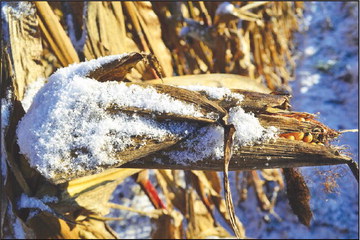For beleaguered farmers, it can’t get any worse than 2019


There are many words that could describe how the year 2019 was. For farmers in Clark County, “unusual,’” “weird” and “cold” might be the right ways to describe 2019 ...


There are many words that could describe how the year 2019 was. For farmers in Clark County, “unusual,’” “weird” and “cold” might be the right ways to describe 2019 ...